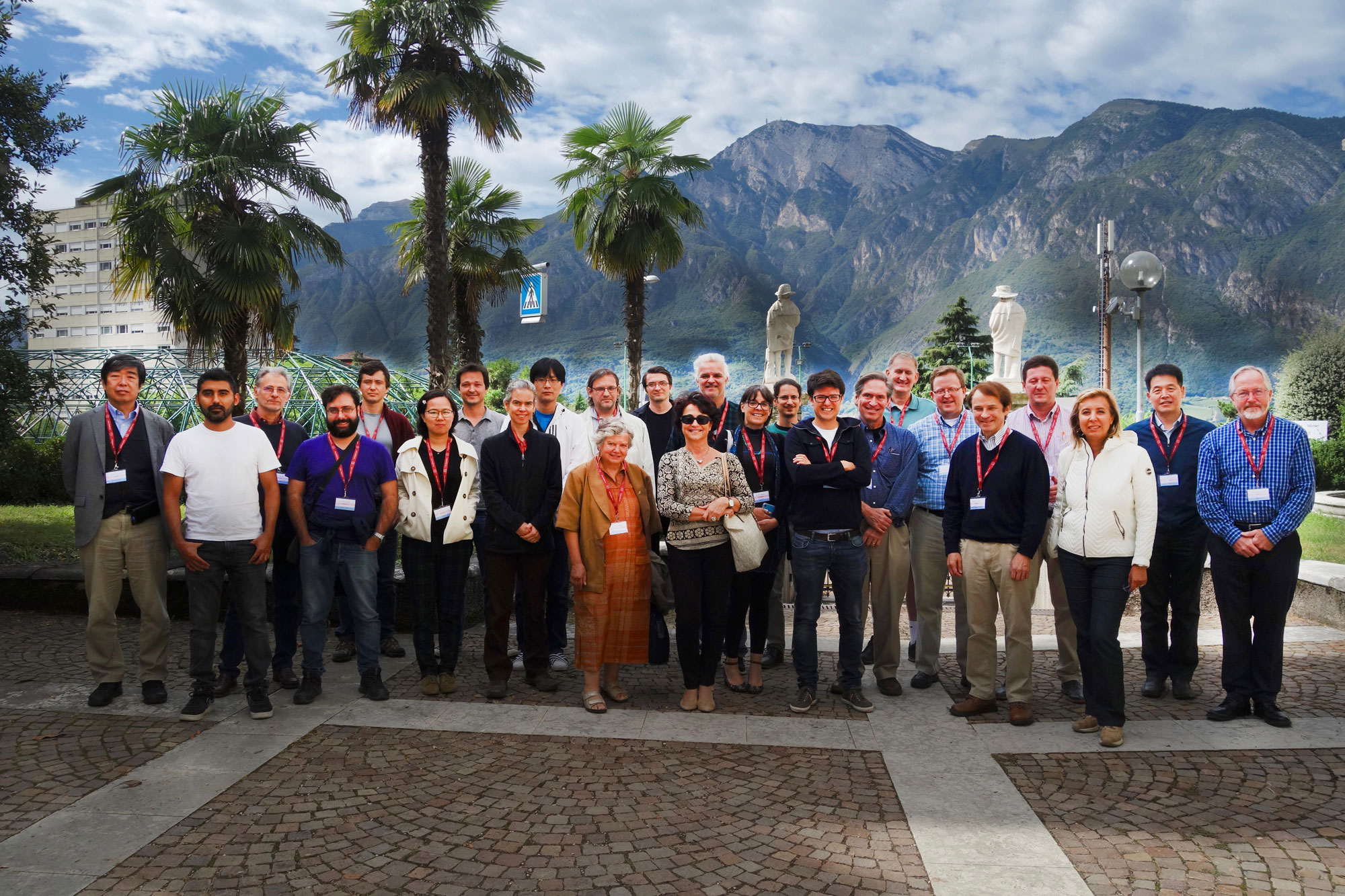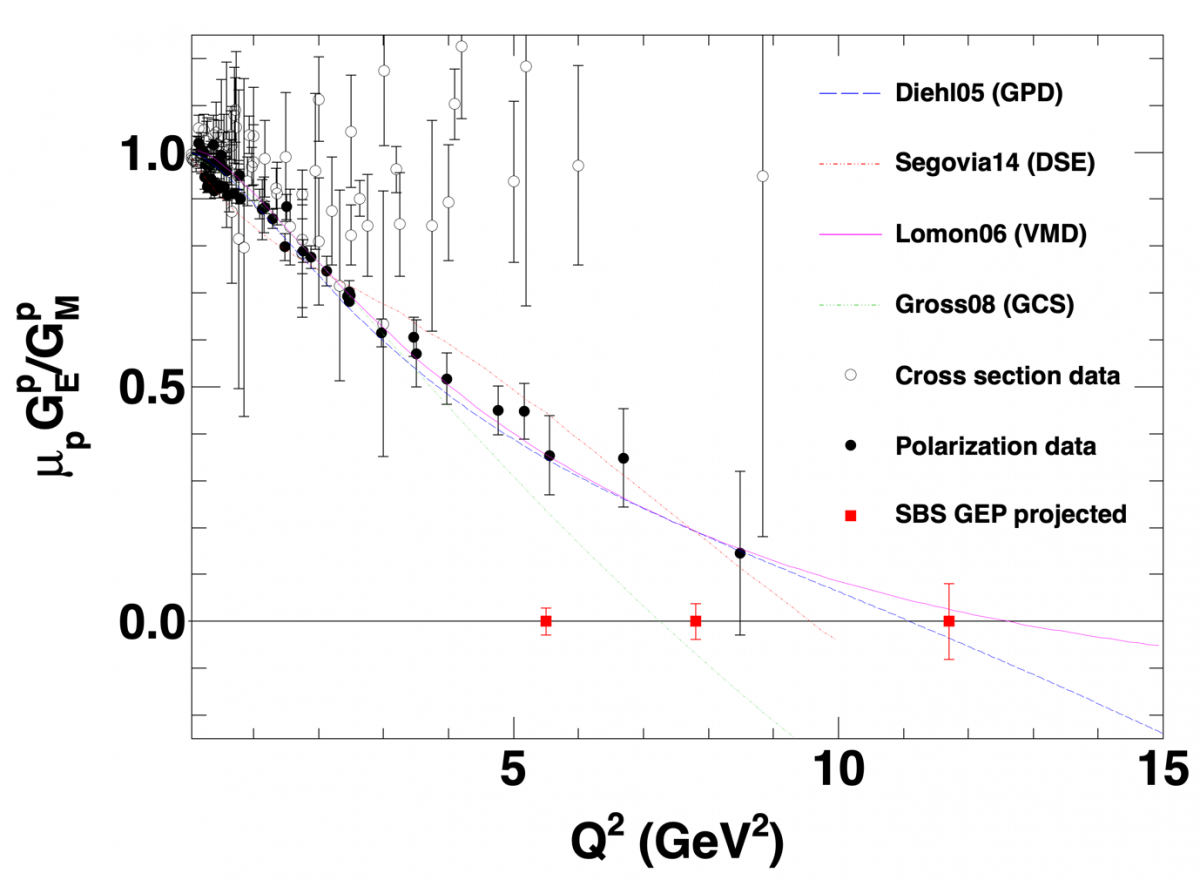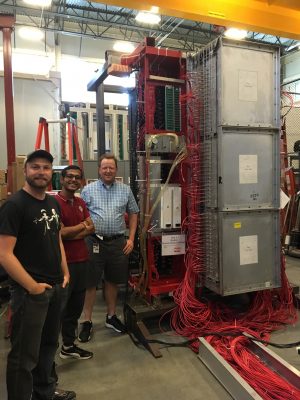The PRAD collaboration recently published their results on very low Q2 electron-proton scattering in Hall B at Jefferson Lab, extracting a proton charge radius of rp = 0.831 ± 0.007 (stat) ± 0.012 (syst) fm, consistent with the precise extraction of this quantity from measurements of the Lamb shift in muonic hydrogen, first published in 2010.
It appears that after nearly a decade of additional investigation, the “proton radius puzzle” that emerged after the original publication of the muonic hydrogen Lamb shift results has been more or less resolved in favor of the smaller proton charge radius of about 0.84 fm, as opposed to the pre-2010 consensus value of around 0.88 fm.
While our group was not directly involved in the measurement, we were very interested in the results, as we are focused on studying the same process (elastic electron-proton scattering) at very large values of Q2.


